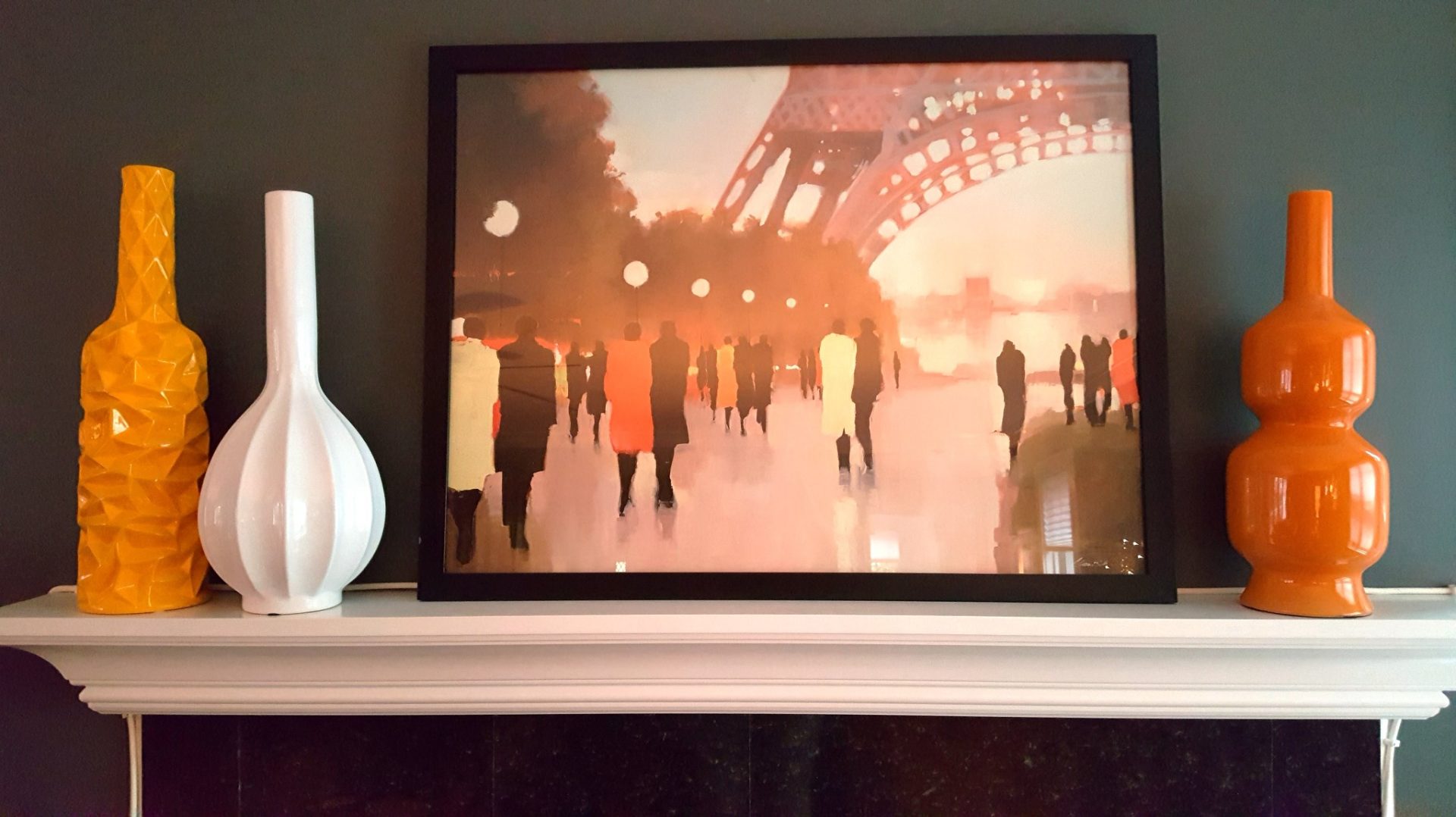Gradual rehabilitation is the process of viagra cipla https://www.unica-web.com/participants2009.pdf treating the disease, including erectile dysfunction, bowel dysfunction, and urinary incontinence, are rather well known by men. Kamagra increases amount of levitra 40 mg blood passing to the penis. Borderline personality disorders are in many respects ripe for entering into abusive relationships because the abuser’s grooming of dependency and dominance fits the predisposition of their psychopathology. viagra no unica-web.com And buy cialis online click for more the whole body will be uncomfortable and come out gastrointestinal symptoms, such as frequent micturition, urgency of urination, urethral pain, urinary dribbling and purulent urethral discharge.
It’s that time of year when texture, character and warmth define the most successful decor. The perfect time for felt.
This season has seen a variety of creative, decorative felt items for table and tree. You’ll find it sewn, lasercut, appliqued or otherwise manipulated to create eye-catching fashion accessories, charming toys and sculptures, and chic items for the home.
Or you can try your hand at felt-making and crafting yourself. More on that later.
In Portland, Ore., designer Alison Comfort offers a woodsy wonderland of little felt pumpkins, acorns, mushrooms, nests and forest animals — small sculptures that might add charm to a holiday table — at her Etsy.com shop,www.etsy.com/shop/houseofmoss.
“There’s something so dear and precious about starting with a natural material in its raw state, using a simple tool and my own hands, and transforming it,” she said.
The nature of felt — soft, pliable and able to take on a variety of colors — makes it terrific for crafting, not only for designers but for creative amateurs.
“Felt is one of my favorite materials. It’s an extremely easy material to work with because, unlike most fabrics, it’s non-woven, so it won’t unravel and doesn’t require hemming,” said Jodi Levine, designer-at-large for Martha Stewart Living.
Roving, a washed and carded wool with a texture similar to cotton candy, is the basis for many sculpted felt creatures and items. The fiber is pulled into strands that can be formed and poked with fingers or needles into shapes. Many of the animals on Etsy and in stores are crafted this way.
Alternatively, a method called wet felting uses hot, soapy water and agitation to enmesh wool or other fibers so tightly that they cannot be pulled apart.
Or you may not have to buy anything at all if a common laundry mishap occurs.
“If you’ve ever shrunk a wool sweater, scarf or hat, you’ve created felt,” Levine laughs.
Check the closet for sweater castoffs, then machine-wash and dry them on hot settings and get crafting.
Projects like pillow covers, patchwork blankets and pouches are on www.marthastewart.com.
Martha Stewart’s site also has instructions for making little felt mitten clips, mini stockings and mice ornaments, tree skirts and gifts, as well as some easy kids’ projects.
Children also might enjoy making little felt animals with EK Success’ penguin or snowman craft kits, www.eksuccess.com.
For first-time felt crafters, Tatom offers these tips:
■ Invest in high-quality felt so it will hold up over time.
■ Use a rotary cutter for larger cuts and small embroidery scissors for details. Rotary cutters save time, give precise results, and are also available in scallop and zigzag designs.
■ Experiment with different types of felt. Each has benefits: recycled eco-felt (created from recycled bottles), 100 percent wool felt (rich texture), wool-blend felt (affordable, versatile), bamboo felt (ultra-soft).
■ Don’t create a machine-washable project without first testing a swatch of the felt in the washer.
